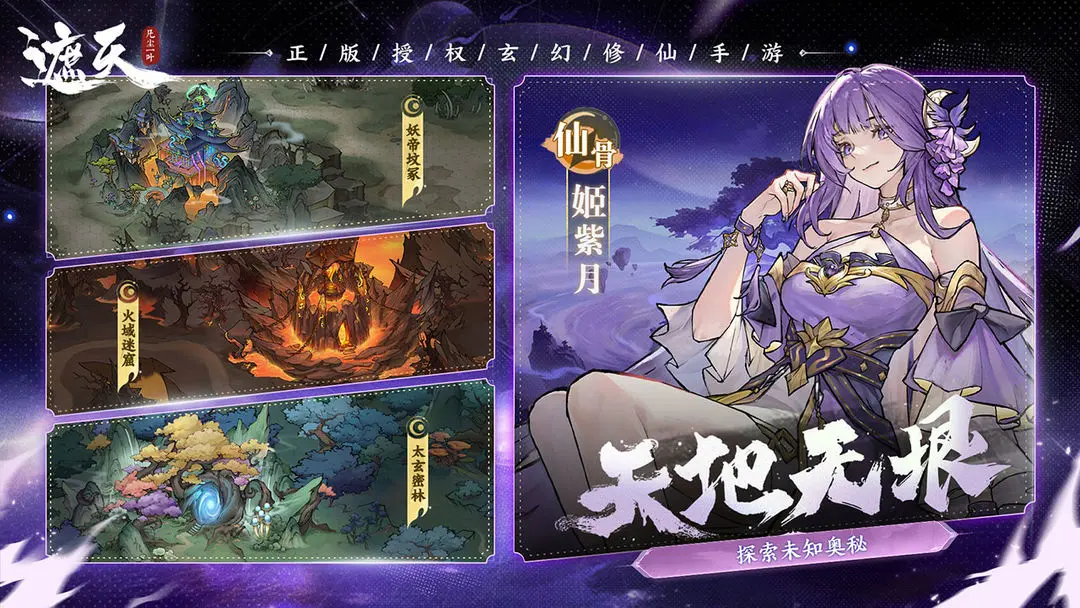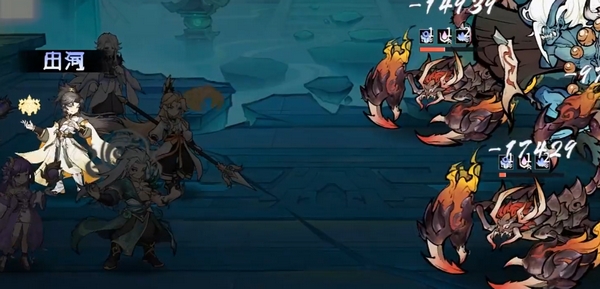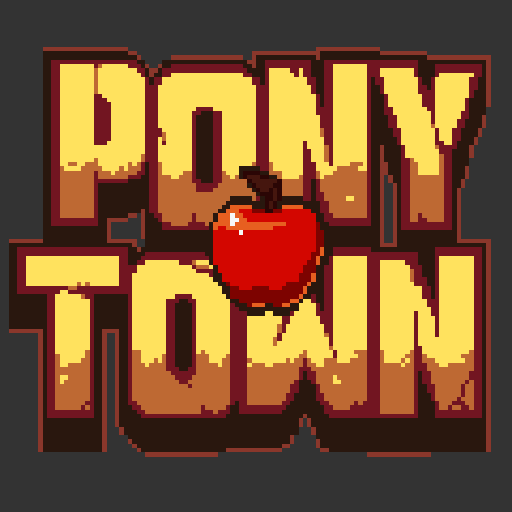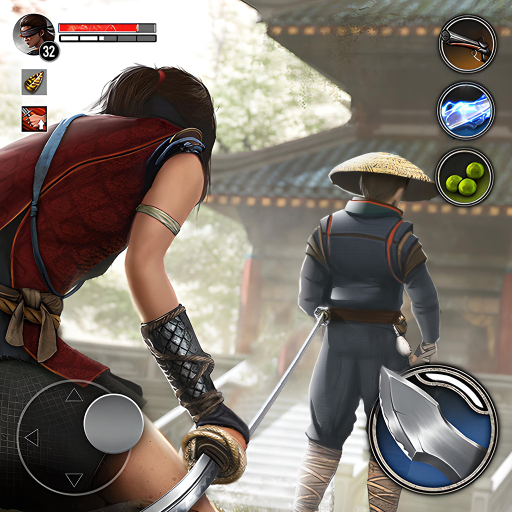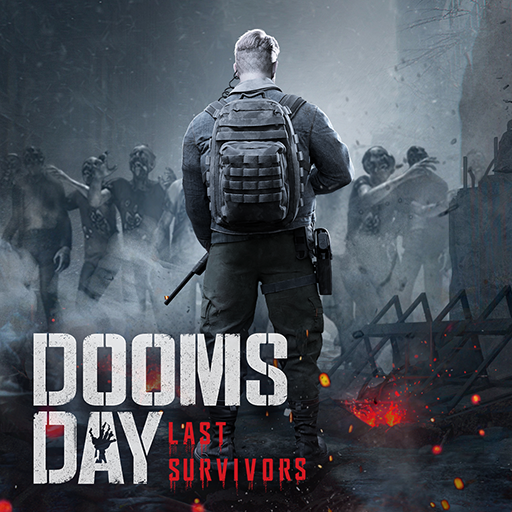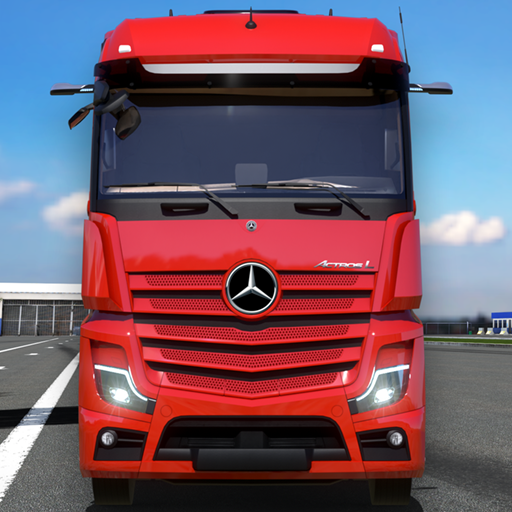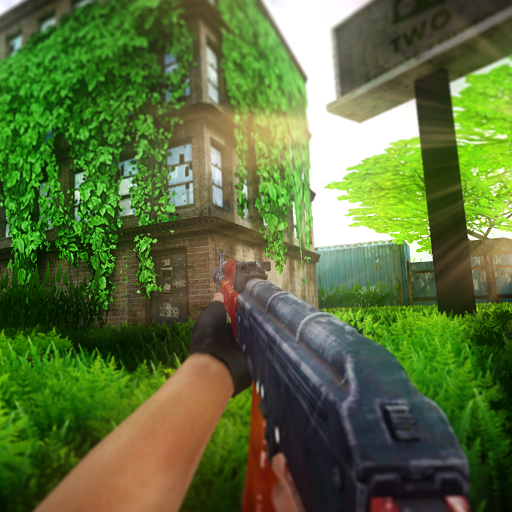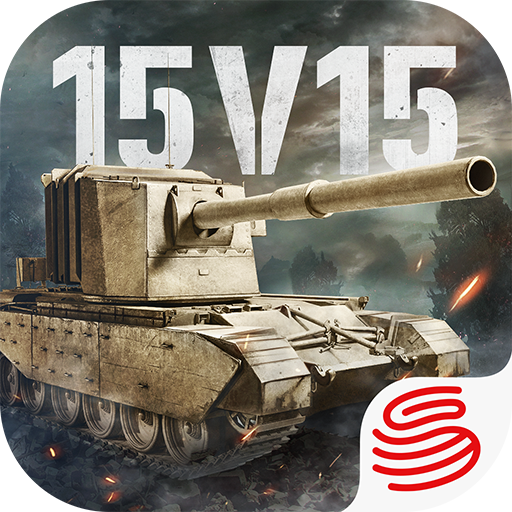When first entering Fish Run, many players may be misled by the seemingly simple visuals. The game scenes are mainly characterized by dynamic water flow and light and shadow changes. Although there is no complex background, the hidden mechanisms require time to adapt. This guide aims to help new players of Fish Run; it's recommended not to rush into sprinting at the beginning. Understanding the basic system framework can help you adapt to the game rhythm faster and avoid wasting resources.
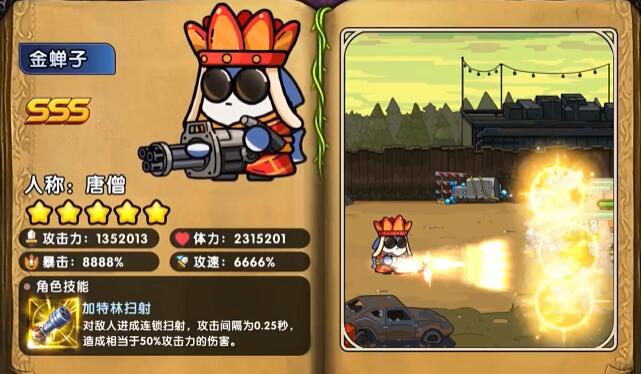
Pet cultivation is one of the core gameplay elements. It's suggested that newcomers prioritize choosing output-oriented pets, such as those with high burst or area damage, which are more efficient in map clearing and dungeon challenges. New players need to pay special attention to the rationality of team composition. In the early stages of the game, it is recommended to form a team consisting of 2 main output pets and 1 support pet.
Among the output pets, priority should be given to those with AOE skills like "Chain Lightning" or "Area Bombardment," as they can quickly clear groups of small monsters. For support pets, it is recommended to choose those with "Group Healing" or "Shield Generation" skills, such as the medical type pet "Healer M2," whose continuous healing effect can significantly enhance the team's endurance. Regarding pet upgrades, experience materials can be obtained by decomposing extra white and green quality pets, but it's important to keep at least 3 of the same type of pets for subsequent skill breakthroughs.
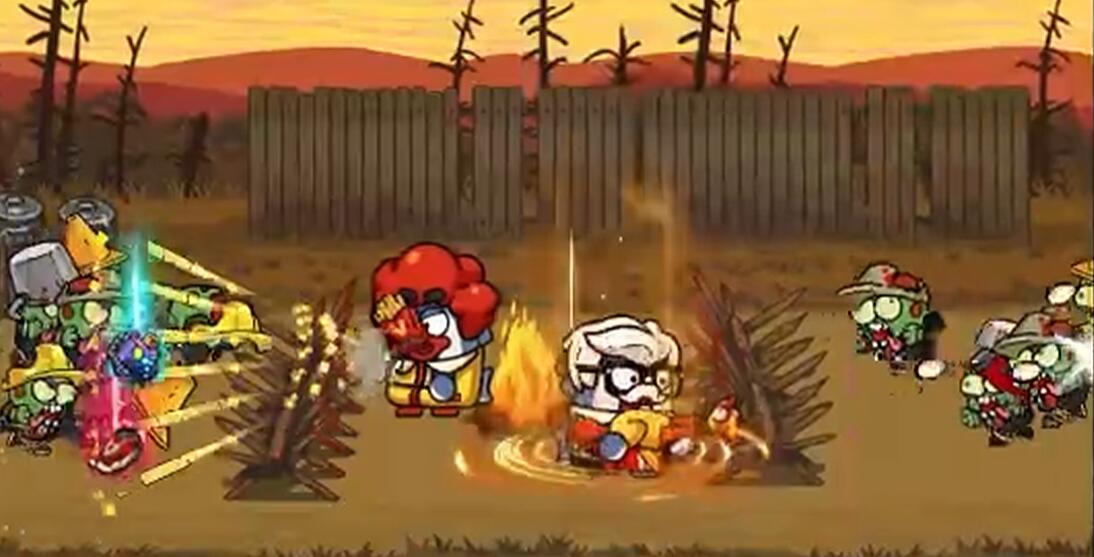
The equipment system is crucial for increasing combat power. Players can obtain equipment through daily shooting ranges, and the gold coins given at the beginning can be used to upgrade the base, improving the quality of dropped equipment. Equipment is divided into multiple grades, focusing on rare and epic equipment in the early stages. When enhancing, priority should be given to attribute terms suitable for the pet's characteristics, such as critical hit and damage boost for attack-oriented pets.

Resource management directly affects growth efficiency. In-game gold, diamonds, and gacha coins need to be allocated reasonably. Initially, it is recommended to use gold primarily for base upgrades, improving the efficiency of obtaining equipment. Diamonds can be saved for key activities, such as the underground arena challenge on the fifth day, to aim for ranking rewards. Gacha coins can be used in the spirit training event on the fourth day to gain additional point rewards.
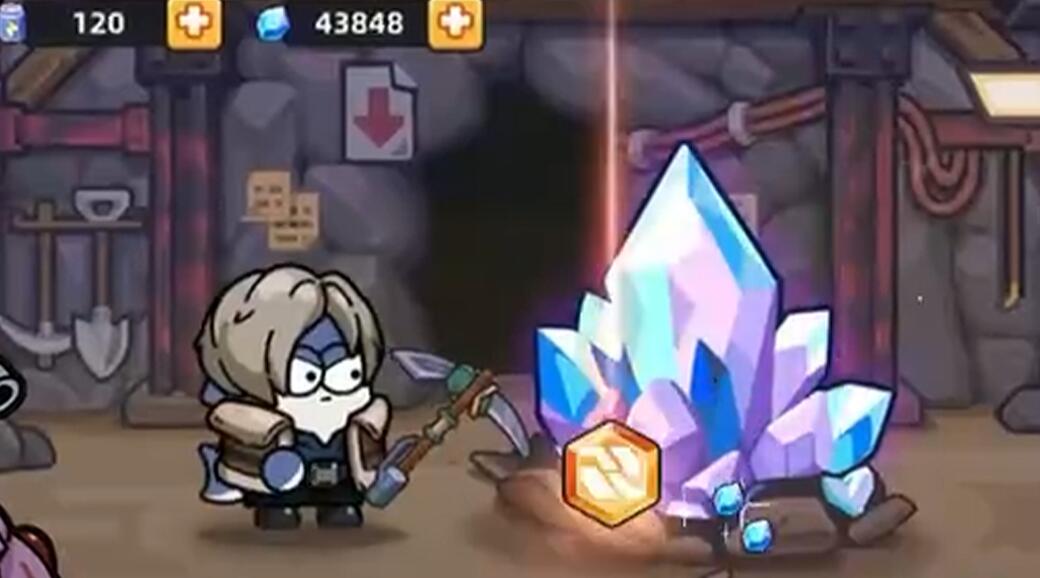
Ultimately, Fish Run is still a game that emphasizes idle play, with its gaming experience focusing on long-term accumulation. Players do not need to invest a lot of time in operations, but they should maintain regular logins and resource collection. By planning the cultivation path reasonably, even casual players can achieve good progress in the game. Various systems in the game are interconnected, and understanding these relationships can help make more efficient gameplay decisions.
